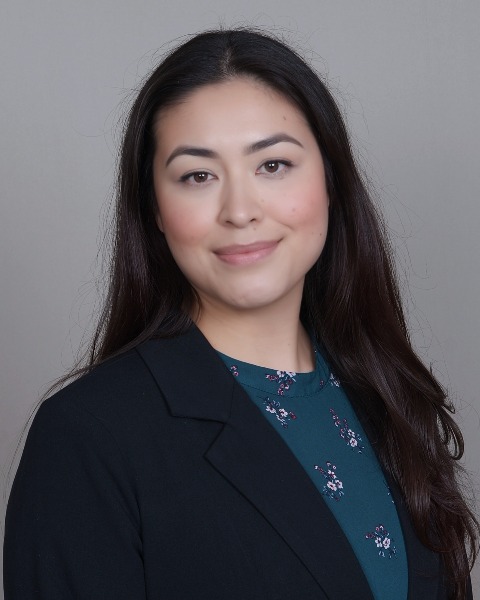ACOS 2024 Annual Clinical Assembly
General Surgery
Osteopathic Student Matriculation Trends in Surgical Subspecialities (2016 - 2024)

Bridgette Kielhack
Medical Student
University of the Incarnate Word School of Osteopathic Medicine
Primary Presenter(s)
Methods or Case Description:
A literature review was performed on Rayyan (Figure 1). Cochrane risk of bias tool assessed the bias in our study. The study protocol was registered with Prospero. Information on the number of applicants and post-match statistics for osteopathic medical students was documented from the National Residency Match Program (NRMP) website from 2016, 2018, 2020, and 2022. Post-match statistics for the following surgical specialties were compared: General Surgery, Vascular Surgery, Neurological Surgery, Otolaryngology, and Orthopedic Surgery. The NRMP only provides pre-ACGME merger match data for General Surgery, Neurological Surgery, and Orthopedic Surgery. For Vascular Surgery and Otolaryngology, the NRMP provides post-match statistics data for 2020 and 2022. Thus, we looked at trends across the ACGME merger for General Surgery, Neurological Surgery, and Orthopedic Surgery while observing trends for Vascular Surgery and Otolaryngology across only 2020 and 2022.
Key words: Osteopathic medical students, residency, trends, COMLEX, USMLE, ACGME
Figure 1. Study flow chart
Outcomes:
In general, COMLEX-USA Level 1 and 2 and USMLE Step 1 and 2 scores decreased across the ACGME merger. There were a few exceptions. Neurological surgery had a higher COMLEX Level 2-CE score across the ACGME merger. Orthopedic Surgery had a higher USMLE Step 2 CK score across the ACGME merger. Vascular Surgery had a higher USMLE Step 2 score from 2020 to 2022; however, this data might be skewed since data was only provided on one applicant in 2022. Finally, Otolaryngology had a mean USMLE Step 2 score that increased from 2020 to 2022. Across the ACGME merger, General surgery, Neurological surgery, and Orthopedic surgery reported a higher mean number of abstracts, presentations, and publications. Finally, Vascular surgery and Otolaryngology had a decrease in the mean number of abstracts, presentations, and publications from 2020 to 2022.
Conclusion: The primary trend in osteopathic students matching into surgical subspecialties across the ACGME/AOA merger is an increase in research volume for successful matriculants into General surgery, Neurological surgery, and Orthopedic surgery. Licensing examination scores typically decreased for all surgical specialties across the ACGME-AOA merger with a few exceptions. Trends are subject to change especially in light of Level/Step 1 becoming Pass/Fail in 2022. More research needs to be conducted further out from the time period of this study (2016-2022) to determine the landscape of successful matriculation into surgical programs and how to best support prospective DO applicants.Learning Objectives:
